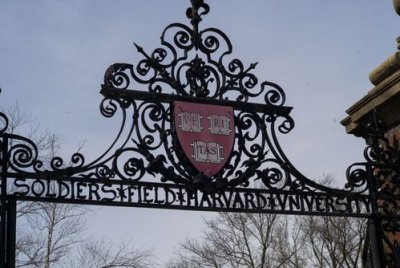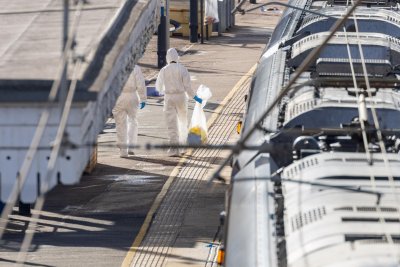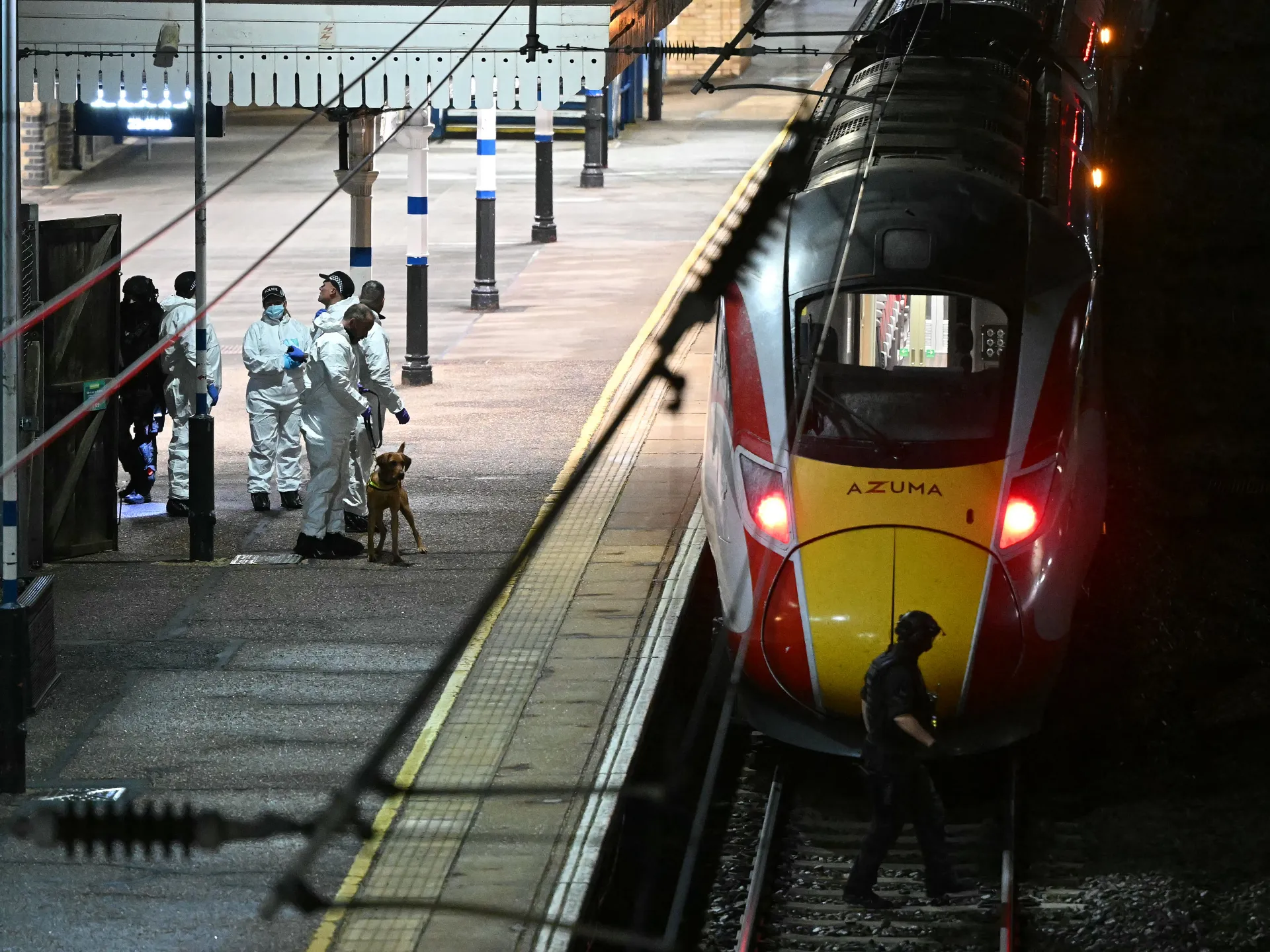Senate Democrat challenges Obama on killing American terror suspects
This post has been corrected. See the note at the bottom for details
Reporting from Washington — A Democrat on the Senate Intelligence Committee says it is “unacceptable” that the Obama administration is refusing to provide Congress with the secret legal opinions cited to justify killing American citizens during counterterrorism operations.
Sen. Ron Wyden, an Oregon Democrat who has pushed against the notion of classified legal opinions, expressed his concerns in a letter to Atty. Gen. Eric H. Holder Jr. on Wednesday.
Previously, Wyden has complained about the refusal of the Justice Department to make public secret interpretations of domestic-surveillance law. On Wednesday, the senator said he wanted to know just how much authority President Obama claims when it comes to the matter of killing American terrorism suspects, but that his request, made last April, to see the classified legal opinions exploring that topic has been rebuffed.
“How much evidence does the president need to decide that a particular American is part of a terrorist group?” Wyden wrote. “Does the president have to provide individual Americans with an opportunity to surrender before using lethal force against them? Is the president’s authority to kill Americans based on authorization from Congress or his own authority as commander-in-chief? Can the president order intelligence agencies to kill an American who is inside the United States?”
Sen. Patrick J. Leahy, (D-Vt.), chairman of the Judiciary Committee, also has asked for copies of any classified legal opinions dealing with killing American citizens — but has not been provided any, his office said. At a Nov. 8, 2011, congressional hearing, Holder told Leahy that he could not “address whether or not there is an opinion in this area.”
For the executive branch to claim that intelligence agencies have the authority to knowingly kill American citizens while refusing to provide Congress with the legal opinions explaining its reasoning “represents an indefensible assertion of executive prerogative, and I expected better from the Obama Administration,” Wyden wrote to Holder.
A Justice Department official said the department is reviewing Wyden’s letter and will respond later.
“It would be entirely lawful for the United States to target high-level leaders of enemy forces, regardless of their nationality, who are plotting to kill Americans both under the authority provided by Congress in its use of military force in the armed conflict with Al Qaeda, the Taliban and associated forces as well as established international law that recognizes our right of self-defense,” the official said.
Last month, officials said Holder would be making a speech in the coming weeks laying out the legal justification for lethal strikes against Americans, such as the September CIA drone strike in Yemen that killed Anwar Awlaki, a U.S.-born citizen accused by U.S. officials of helping plan terrorist attacks against American targets. Wyden said he welcomed that.
U.S. officials have said that the CIA goes through extra legal steps when targeting a U.S. citizen as part of its drone strike program.
In early 2010, then-Director of National Intelligence Dennis Blair told the House Intelligence Committee that the intelligence community “take[s] direct action against terrorists” and added that “if we think that direct action will involve killing an American, we get specific permission to do that.”
Wyden said he is not suggesting “that the president has no authority to act in this area. If American citizens choose to take up arms against the United States during times of war, there can undoubtedly be some circumstances under which the president has the authority to use lethal force against those Americans. For example, there is no question that President Lincoln had the authority to order Union troops to take military action against Confederate forces during the Civil War.”
However, he said, the question becomes thornier when the U.S. is at war around the world with terrorists who don’t wear uniforms. “And it is critically important for the public’s elected representatives to ensure that these questions are asked and answered in a manner consistent with American laws and American values,” Wyden wrote.
Members of Congress need to understand how or whether the executive branch has attempted to answer these questions so that they can decide for themselves whether this authority has been properly defined, Wyden wrote.
“Americans have a particular right to understand how the U.S. government interprets the statement in the Bill of Rights that no American shall ‘be deprived of life, liberty, or property, without due process of law,’” Wyden wrote. “The federal government’s official views about the president’s authority to kill specific Americans who have not necessarily been convicted of a crime are not a matter to be settled in secret by a small number of government lawyers.”
A Washington Post-ABC News poll released Wednesday found that 83% of respondents said they approve of the use of drone strikes against terrorist suspects overseas. Sixty-five percent in the poll, conducted by telephone Feb. 1-4, said that American citizens suspected of terrorism are legitimate targets. Democrats approved of the drone strikes on American citizens by a 58%-33% margin, and liberals approved of them, 55%-35%, according to the Post’s blog, the Plum Line.
[For the record, 9:41 a.m., Feb. 10: An earlier version of this post incorrectly reported that Anwar Awlaki, a U.S. citizen killed by a CIA drone strike last year in Yemen, was born in Yemen. He was born in New Mexico.]









